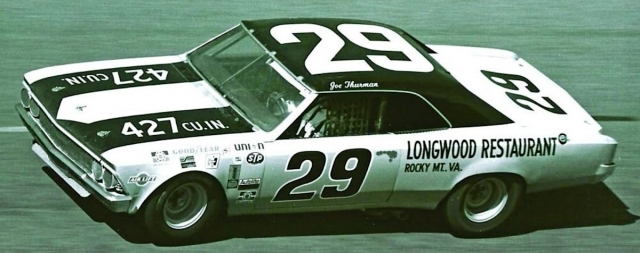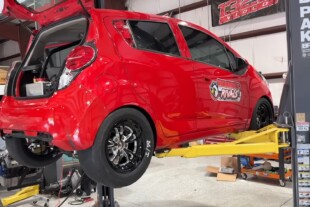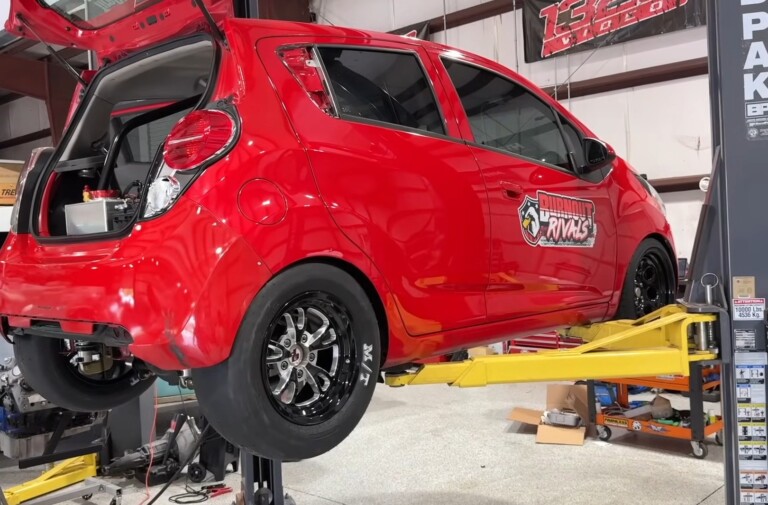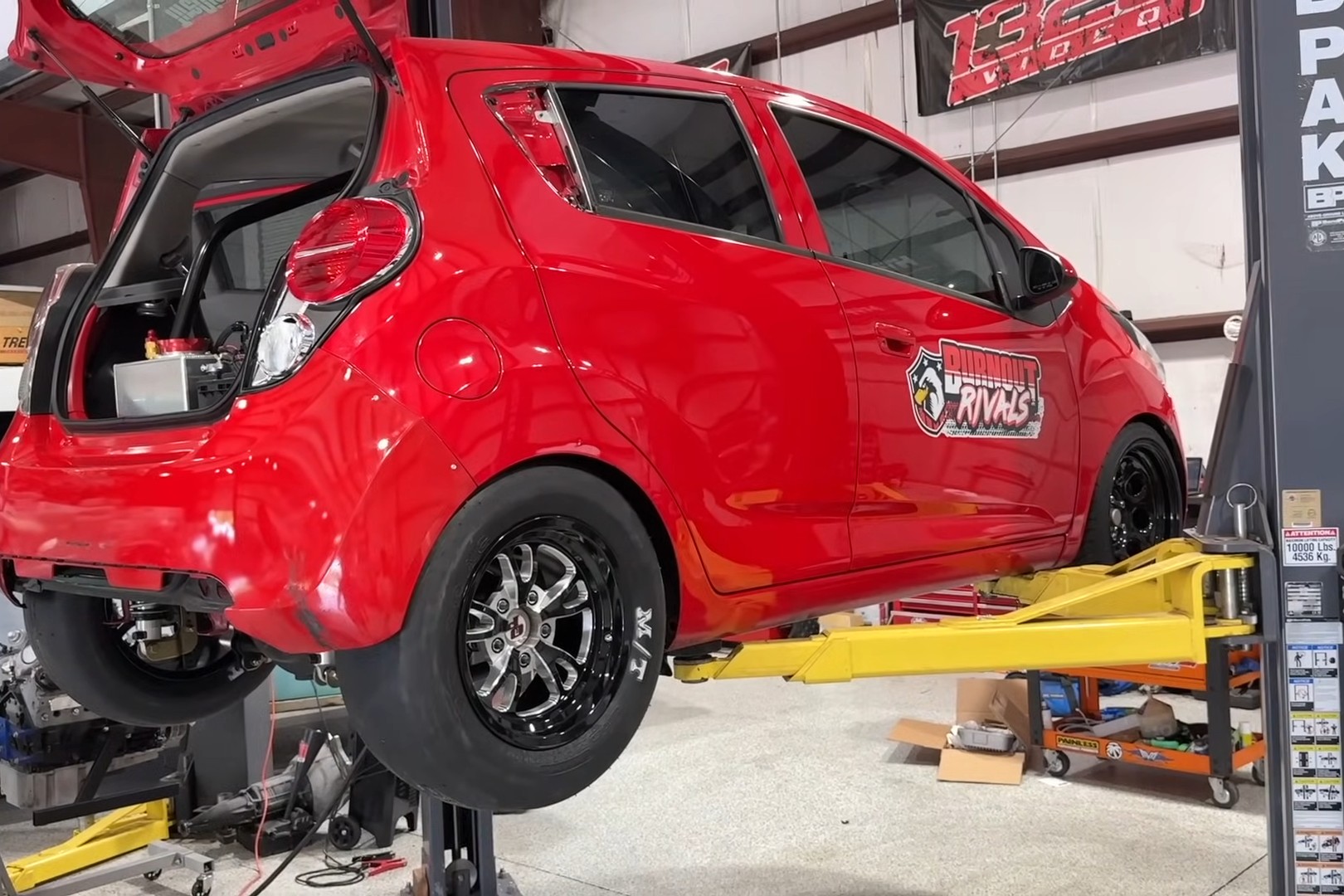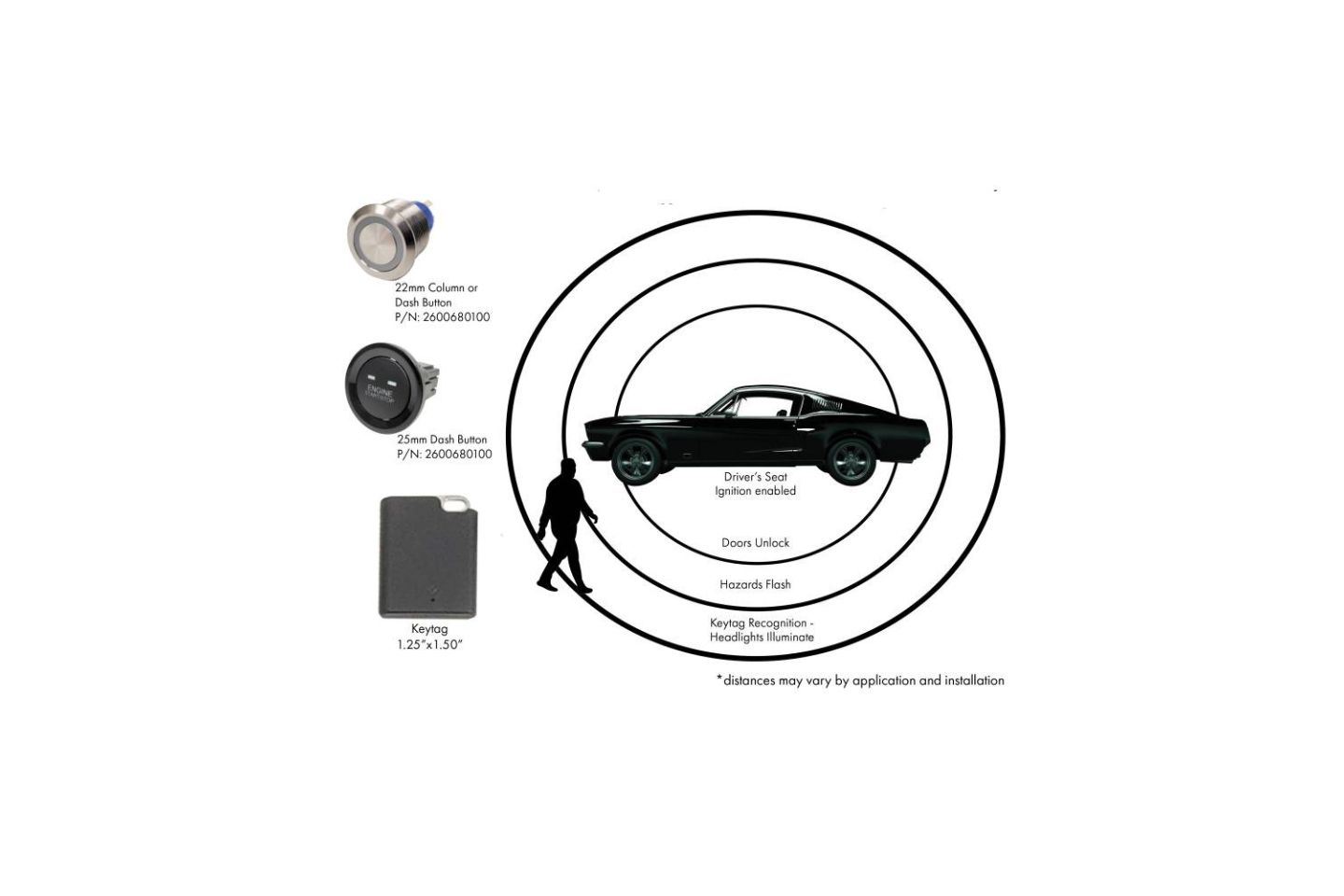 Most people in the NASCAR and classic car world have heard about Smokey Yunick and his top notch gold and black ’66 Chevelle. Yunick’s car competed with the big boys in the now Sprint Cup Car Series.
Most people in the NASCAR and classic car world have heard about Smokey Yunick and his top notch gold and black ’66 Chevelle. Yunick’s car competed with the big boys in the now Sprint Cup Car Series.
However there is another 1966 Chevelle that made the turns in the Late Model Sportsman Division, which we know now as the Nationwide Series. This series is a step below in the NASCAR chain and at the time required drivers to pilot late model cars. Hemmings Motor News had the full scoop on this not-so-famous Chevelle.
This ‘Velle was operated by restaurant owner James “Chubby” Arrington in the late 1970’s. Chubby was no stranger to the racing scene, but said that he preferred to be owner because he didn’t have the best driving record.
“The Chevelle was built in a two-car garage; all stick welding, and the roll cage was hand-bent. We used Bobby Allison front end parts–control arms, steering box and such–and the rear springs and some other stuff came from Ray Nichels Engineering. Bill Mason (of Mason Speed Shop) built our 427-cu.in. engines, which is what was in the car most of the time, and Joe Henry Thurman did most of the driving” said James recalling the build of this Chevy.
The Chevelle was painted in school bus yellow because his friend worked for a school bus yard and had surplus paint. That free paint kept this car yellow for years.
This Chevelle saw its fair share of track action, even winning a few short courses such as Martinsville and Caravan with Jimmy Griffin driving. However by 1976 the Chevelle had run its courses and was retired from action.
After sitting in the corner of Chubby’s workshop for a few years the car was sold off At this point the ride was painted gold and black and put into a museum as a Smokey Yunick replica. In 2005 the car was tracked down by vintage race car enthusiast Mark Mountanos.
Mark had the car restored to its former glory, including a 427 cubic inch power plant and the infamous bus yellow paint. “As neat as this and other drum-brake NASCAR cars are, and as much fun as we have racing them in vintage events, the cars are really just a conduit to the people and their stories.”



